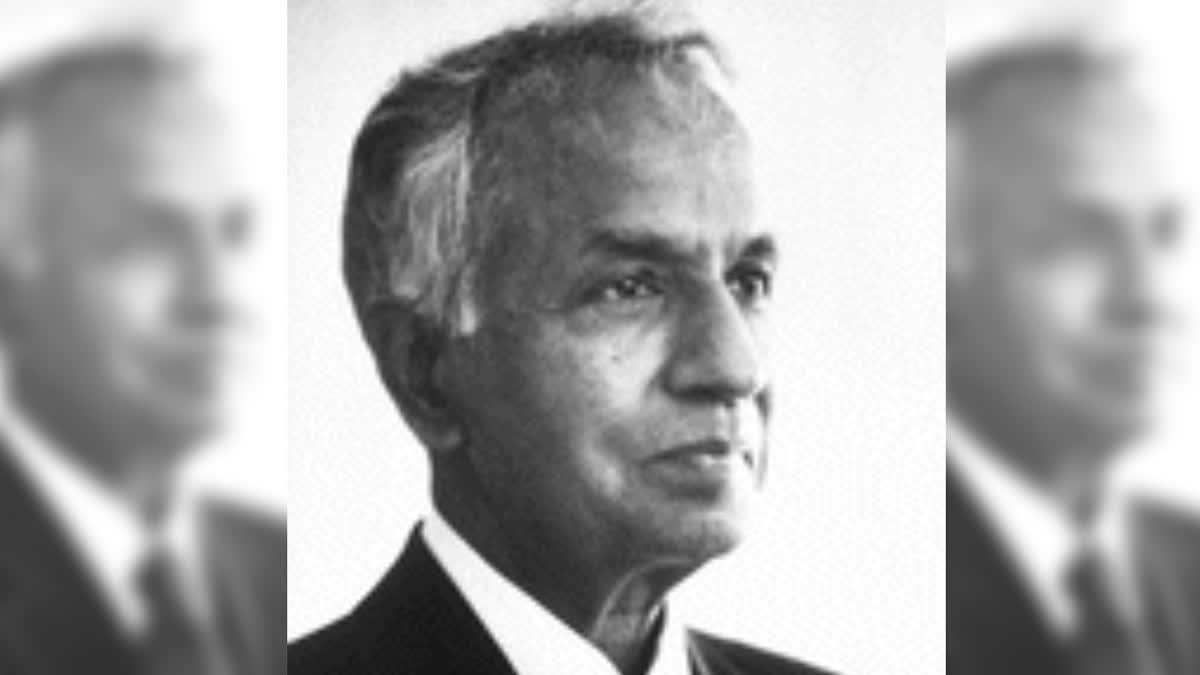Hyderabad/London: What's in name? A Noble laureate. This what one of our Union Ministers of State, and a son of Elon Musk have in common. In a surprising revelation on X, Minister of State for Electronics and Information Technology, Rajeev Chandrasekhar, shared a heartwarming tale about a conversation he had with the billionaire, Elon Musk. According to the minister, Musk disclosed to him that his son's middle name is Chandrasekhar, paying tribute to the eminent Nobel physicist Prof S Chandrasekhar.
The United Kingdom recently played host to a high-profile Artificial Intelligence (AI) summit, bringing together an assembly of political leaders and technology experts. Rajeev Chandrasekhar, the IT minister was in attendance at the event, which served as a platform to explore the promises and potential challenges associated with AI. He was representing India at the inaugural AI Safety Summit held at Bletchley Park in London.
During the summit, an unexpected encounter occurred as Rajeev Chandrasekhar crossed paths with Elon Musk, one of the distinguished participants. Their interaction led to a light-hearted tweet from Chandrasekhar, providing a glimpse into the convergence of technology and policy on a global stage.
Who is Subrahmanyan Chandrasekhar? Many people may not be familiar with the illustrious career of Subrahmanyan Chandrasekhar. This distinguished professor made significant contributions to our understanding of the physical processes governing the structure and evolution of stars, earning him the Nobel Prize in Physics in 1983.
Chandrasekhar's formative years- He was born on Oct 19 in Lahore, which was then a part of British India (now Pakistan) in 1910. He grew up in a family of intellectual heritage, with his mother, Sita Balakrishnan, translating literary works into Tamil. Chandrasekhar's early education was unique, as his parents and private tutors provided him with a solid foundation until the age of twelve. He later graduated from Hindu High School at the young age of fifteen.
In Cambridge- A scholarship paved the way for graduate studies at Cambridge University in England, where he eventually completed his Ph.D. in 1933. Prior to this, he spent a year in Copenhagen, Denmark, at the Institut for Teoretisk Fysik.
To Chicago- In 1936, Chandrasekhar embarked on a lifelong partnership with Lalitha Doraiswamy. The following year, he joined the faculty of the University of Chicago, where he started teaching and research until his passing in 1995.
Discovery of Chandra limit- His pioneering work in astrophysics was characterised by his groundbreaking discovery of the "Chandra limit." This limit set the maximum mass that a white dwarf star can achieve without undergoing a catastrophic supernova explosion or forming a black hole. This concept transformed the comprehension of stellar evolution and the ultimate fate of stars more massive than the Sun.
His contributions- Throughout his career, he explored astrophysics, contributing to enhance the knowledge of star atmospheres, black holes, and the structures and masses of stars. These achievements culminated in his receipt of the Nobel Prize in Physics in 1983, “for his theoretical studies of the physical processes of importance to the structure and evolution of the stars”.
As author- The prolific researcher was also an author of ten books, where he shared his insights and knowledge with the scientific community. He further solidified his influence by serving as the editor of the renowned Astrophysical Journal for nineteen years.
His legacy- Chandrasekhar passed away in Chicago on August 21, 1995. However, his legacy endures through the Chandra X-ray Observatory, a space telescope named in his honor. Launched by NASA in 1999, this observatory continues to explore the universe in the X-ray portion of the electromagnetic spectrum, making critical observations and discoveries that further his groundbreaking work.
His contributions extended beyond his Nobel Prize. He received accolades like the Gold Medal of the Royal Astronomical Society in 1953, the Royal Medal of the Royal Society in 1962, and the Copley Medal of the Royal Society in 1984
The enduring legacy of Subrahmanyan Chandrasekhar stands as a testament to the remarkable impact of a lifetime dedicated to scientific exploration and discovery. His profound contributions continue to shape our understanding of the cosmos and inspire the next generation of astrophysicists.
Read More



